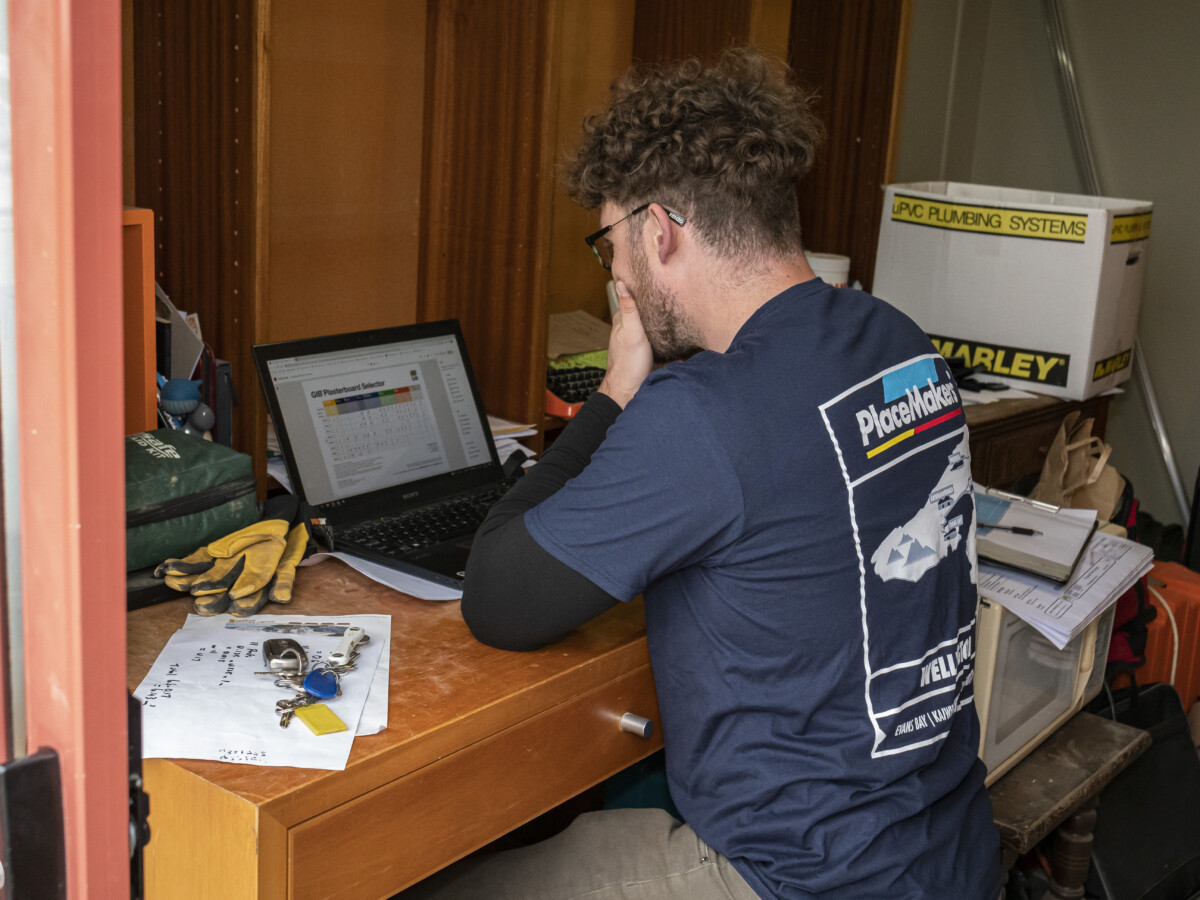LBP SCHEME REVIEW IN DETAIL
19 Aug 2022, Industry News, News

Feedback from LBPs strongly suggests the LBP scheme could be improved and some areas of licence classes reformed. In this article, we take a closer look at the criticisms, suggestions and concerns of respondents when it comes to licence classes, core competencies and minimum standards
In April 2021, The Ministry of Business, Innovation and Employment (MBIE) opened a consultation on potential issues in the LBP scheme, focusing on three main areas:
- Supervision.
- Licence class.
- Core competencies and minimum standards.
There were 140 responses, with the largest amount (69) coming directly from LBPs. Other respondents included BCCA/Building Consent Officers (15), Designers (13) and Residential Building Owners (7).
MBIE ran the consultation to “test potential issues MBIE was aware of to determine whether these issues were real or not and, if so, to what extent”.
This is the second of two articles that examines the responses and includes verbatim written comments from survey respondents. This article focuses specifically on licence classes, core competencies and minimum standards.
Classes should remain
Submitters mainly agreed that the existing licence classes should remain but asked for additional classes to be added to bring specialised non-LBPs under the same regulatory framework.
A specific example raised was stonemasonry.
“Introducing stonemasonry into the scheme as a separate licence class would provide a mechanism to raise standards of work and protect consumers from substandard work,” said one tradesperson.
An area of concern for respondents was those who work with LBPs but are not licenced by the scheme.
MBIE said that “60% of submitters agreed the scheme needed to regulate specialised non-LBPs in some way”.
Areas of practice are fit for purpose
To be licenced in a class, LBPs need to show they are competent in one or more area of practice in that class. They are not required to show competency in all areas of practice for a class and are not limited to working within the areas designated on their licence. For example, roofers with a LBP licence in liquid membrane roofs are still able to work on concrete or clay tile roofs, or shingle or slate roofs.
Some respondents argued that this meant there were instances of LBPs working in areas outside their competencies, though the majority were confident this wasn’t the case.
However, one area for concern was ‘deemed’ LBPs.
An individual LBP commented: “I see many designs done by engineers, who have unlimited design class yet don’t know most of the code clauses that are affected by their design, yet only sign off B1 (Building Code clause B1 Structure).”
An individual designer also added: “I commonly see Design LBPs undertaking work beyond their licence level. Some Design 2 LBPs seem to think that they can call themselves project managers, particularly on non-RBW. This makes a nonsense of the LBP scheme. If a Design 2 can carry out project management or contract administration on non-RBW when they cannot do so on RBW, then they are communicating to the public that they have the required competencies (ie, Design 3) when in fact they have not, or at least have not been validated by the LBP intake process.”
Tweaks to Site licence
Most submitters thought the Site licence class was still required but needed some tweaks to stay relevant.
“A Site licence should be the most important,” commented one LBP. “It has to cover off on the work of other LBPs, not be subservient to them and also the work of specialist trades to ensure the Restricted Building Work is NZ Building Code compliant.”
A BCA/Building Consent Officer added: “We believe this class is still valid but needs to have very clear description of the roles which must be performed by holders of this class. Consumers rely upon this set of licences to give them confidence in the overall job.”
Other suggested ideas for improvement were:
- Allowing only Site-licenced tradies to supervise Restricted Building Work.
- Modify the Site licence to be more like the Clerk of Works role that preceded the LBP scheme.
Licence structure needs a complete overhaul
The LBP scheme operates a flat structure that puts every LBP at the same level, regardless of experience or formal qualification level.
Support for a tiered licence structure that distinguishes based on experience and ability was overwhelming. More than 70% of submitters said this should happen.
An individual LBP said: “By having tiered classes, especially in Carpentry, it would recognise experience in supervision. It may also encourage young tradespeople to become licenced without fear of having too much responsibility and accountability thrust onto them too early.”
However, there were some differences of opinion among submitters. One individual based in the education/training/skills field put forward that experience doesn’t always equal competence.
“Experience does not necessarily mean that you are competent in the industry, as you may have been doing this for years and feel confident; however,
you may not have been updated on the new law changes to the way things are done now.”
Core competencies and minimum standards
Many submitters felt that the bar to entry should be raised to increase confidence in the system.
One organisation said: “Stricter and higher-level competency requirements are needed, particularly for supervisors and supervision.”
A separate organisation added: “Our understanding from industry practitioners is there is insufficient rigour in the approval and renewal of licences.”
Respondents argued that factors reducing public confidence in the LBP scheme include a lack of understanding by the general public, low standards and poor quality of work from LBPs and suggested that increasing entry requirements would go some way to improving confidence.
More rigorous entry requirements wanted
It was generally agreed that lifting standards of competence would be good for the LBP scheme, with more than 50% of respondents suggesting it would be a good idea.
An individual LBP stated: “Can we not have an exam type system? So many workers insist on the E2/AS1 acceptable solutions when an alternative solution is far superior. They just can’t see it. They don’t understand the basic science of construction and weathertightness.”
An alternative view was that mandatory qualifications would be more effective than raising minimum standards.
“You should be fully qualified or certified by a recognised training company before you are even allowed to sign up for LBP,” said a non-LBP tradesperson.
However, there were concerns raised that relying on formal qualifications would leave some excellent tradies behind, or that formal qualifications are less valuable than practical experience gained on site.
“Qualifications are only part of the knowledge. Experience on site is equally or even more valuable,” said an individual.
Another individual added: “Some people are a lot better at doing the work than academic study and they need to be given the opportunity to prove that by assessment of their skills, not penalised by insisting on academic achievement.”
Skills under the microscope
The final section addressed skills maintenance, which a large number of submitters felt was working properly.
One LBP said: “The system seems to be working well. We all work in a very competitive field and know we need to keep up or fall behind. We are very busy and make the time for the LBP system because we need it to operate in construction and we support the idea of cowboys being removed from the industry, but would be struggling to spend too much more time if the system gets too complex.”
There seems to be a difference between the standards individual LBPs would like to see enforced and those organisations demand.
For example, an organisation commented: “The evidence collected when being assessed is not of sufficient rigour. It is an integrity test in fact. Is the work evidence actually the work of the potential licence holder? For our National Qualification, the candidate has to show competency on a module where they show application of the knowledge and the physical skills required to complete the work.”
However, overall, there was no consensus on how skill maintenance should be tackled moving forward.
Register to earn LBP Points Sign in



